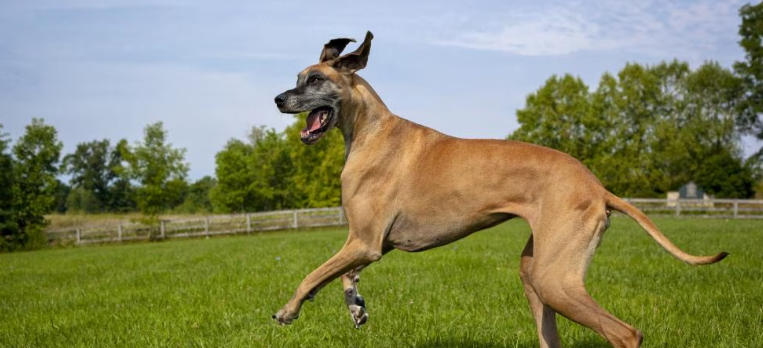Understanding Great Dane Heat Cycles: A Guide for Pet Owners
Managing a Great Dane’s health and well-being goes beyond regular vet visits and a balanced diet. Understanding their heat cycles is crucial for responsible ownership, especially if you’re considering breeding or if you want to manage behavioral changes. This article will help demystify the heat cycle of Great Danes, offering practical insights for pet owners.
1. What is a Heat Cycle?
A heat cycle, also known as estrus, is a natural process that female dogs undergo approximately twice a year. For Great Danes, this cycle can start as early as six months of age and may continue until they are about 10 years old. The heat cycle consists of four stages: proestrus, estrus, diestrus, and anestrus. During this time, a female dog may exhibit behavioral changes, such as increased affection or restlessness, and physical signs like swelling of the vulva and clear vaginal discharge. Understanding these changes will help you provide better care and support.
2. Signs and Symptoms of Heat in Great Danes
Recognizing the signs of a Great Dane in heat is essential for proper management. Signs typically start with swelling of the vulva and a discharge that can vary in color and amount. Many owners notice changes in their dog’s behavior, including increased clinginess or irritability and a heightened interest in male dogs. Monitoring these signs can aid in managing your dog’s environment, especially if you wish to prevent unwanted mating. It’s also important to keep a close eye on your Great Dane during this time, as she may feel anxious or restless.
3. Caring for Your Great Dane During Heat
Caring for a Great Dane in heat requires some adjustments in her routine. Provide a safe, comfortable space for her to retreat to when feeling overwhelmed. If you’re concerned about hygiene, consider using doggie diapers, which can help manage discharge and minimize mess at home. Keep her on a leash during walks to prevent unwanted attention from male dogs and to maintain control. Additionally, it’s wise to consult your veterinarian for tailored advice on how to best support your Great Dane during this time.
Conclusion
Understanding your Great Dane’s heat cycle is crucial for providing optimal care and ensuring a positive experience for both you and your pet. By recognizing the signs, managing behavior changes, and offering appropriate care, you can navigate this natural process with confidence. Whether you’re seeking to breed or simply want to support your furry friend, knowledge is key. For more detailed information and support, don’t hesitate to reach out to your veterinarian or local pet care resources.
